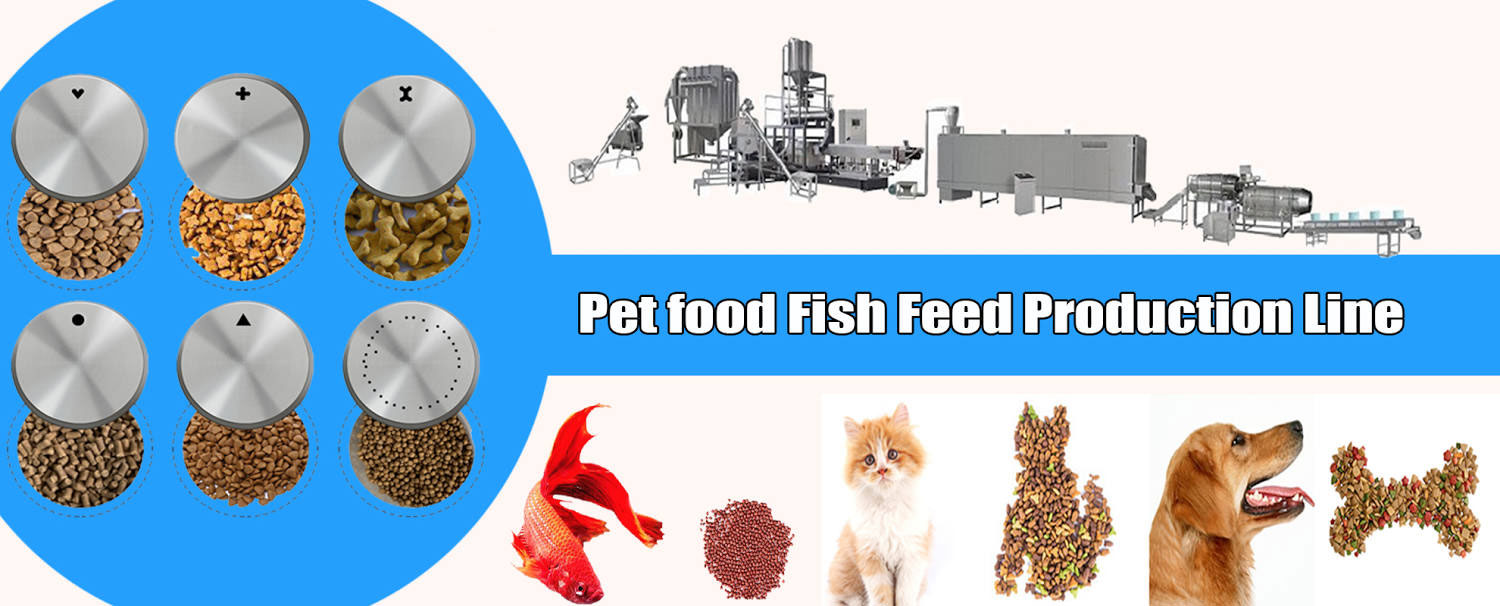The twin screw extruder can be divided into two types of co-rotation and counter-rotation according to the direction of rotation of the screw., and reverse rotation can be divided into two types: in and out. The pressure zone of the co-rotating twin screw has different properties, and the material is in the internal cavity of the sleeve is affected by the rotation of the screw to produce a zone of high pressure and a zone of low pressure. This is how high efficiency is achieved.
Obviously, material will flow from the high pressure zone to the low pressure zone in two directions: one is that the wear of the square screw reduces as the screw rotates, and the material is transported, short, mix and heat through the cannon shell. , under the action of high pressure, matures and is squeezed from the barrel.
Counter rotating twin screw extruder generally uses two screws with exactly the same size but with opposite thread directions.. The difference between inward and outward rotation is that the position of the pressure zone is different, and the pressure generated by inward rotation of the twin screw is greater and less.. Low, when the material passes through the double screw, extremely high pressure will be generated at the inlet, causing difficulty in feeding. Currently, this inward and backward rotation is rarely used; the pressure generated by the outward rotation of the double screw is high and low, what is beneficial for food. But compared to the reverse rotation and the same rotation, the C-shaped material flow formed in the screw cannot move from one screw to another, and the degree of material mixing is significantly reduced and its self-cleaning ability is also No co-rotating twin screw is effective and stable.
The above is the relevant knowledge of the working principle of the twin screw extruder. At the same time, twin screw extruder and single screw extruder have their own advantages and can be selected mainly according to the processing materials and the strength of the company.
angelachen@jnhimax.com
+86 13075351752

